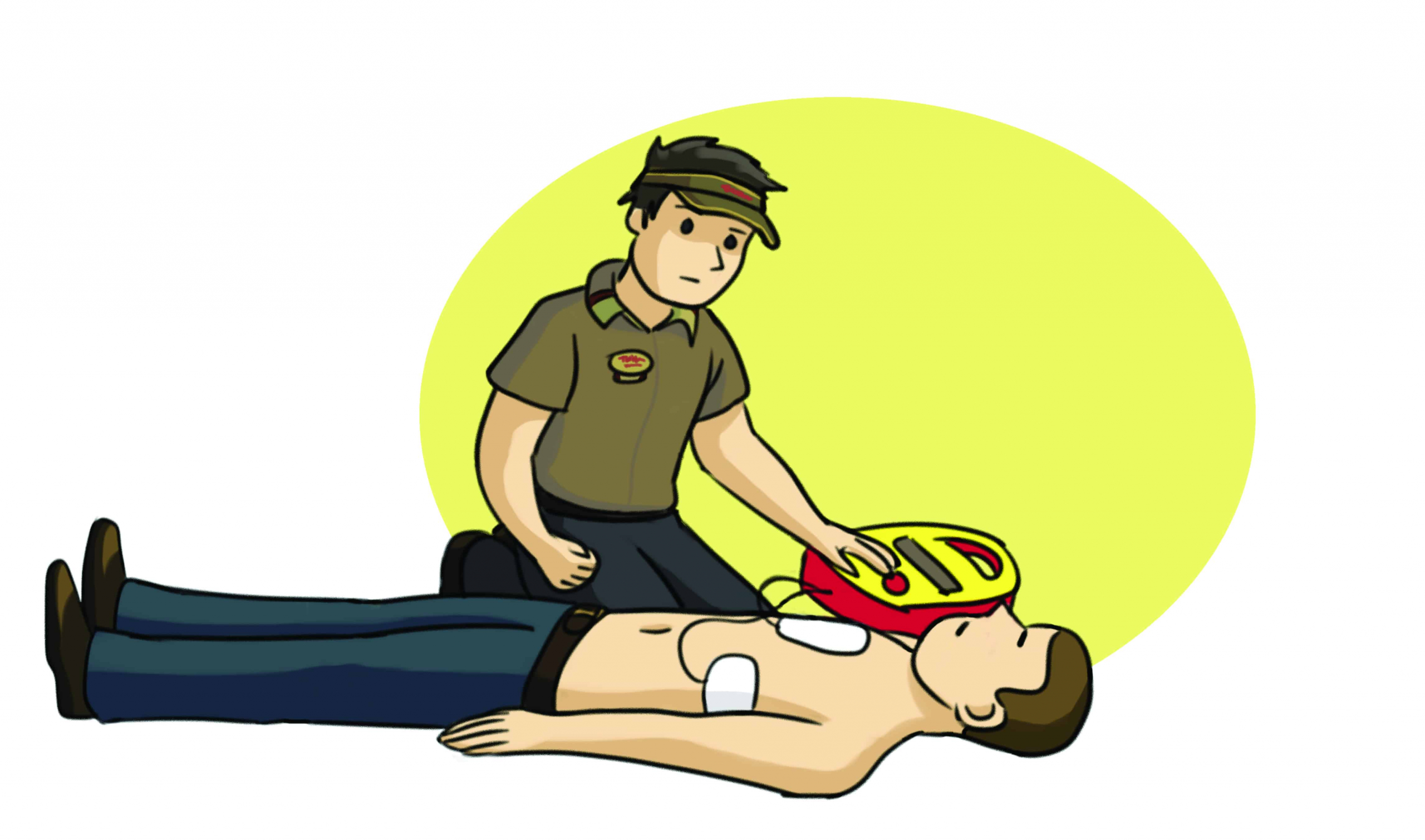The accessibility of coffee shops beyond the morning rush of tired souls has greater benefits than simply having caffeine readily available. Researchers have designated chain coffee shops and ATMs as ideal locations to house automated external defibrillators (AEDs).
Study co-authors Professor Timothy Chan, from U of T’s Department of Mechanical and Industrial Engineering, and PhD candidate Christopher Sun have narrowed down exact sites where AED placement would be highly advantageous.
In the event of heart failure, every second counts; the survival rates are extremely low when immediate medical treatment is not administered. That’s why out-of-hospital cardiac arrest is a leading cause of death, with more than 350,000 occurrences in the United States each year, according to the American Heart Association.
Cardiac arrest involves malfunctioning electrical systems within the heart, which results in a sudden loss of heart function. Often, individuals who suffer from cardiac arrest have no prior diagnosis of heart disease, making it difficult to anticipate these situations. In any case, the response to cardiac arrest is made easier to handle with an AED close by.
AEDs are excellent lifesaving devices for bystanders to use when awaiting paramedics, but they are not always as accessible as they should be. It isn’t the number of available AEDs that is creating an obstacle in prolonging life — it’s the issue of being able to locate them in that crucial instant.
“Ultimately, we want to get AEDs in the right locations so they are accessible when needed most,” Chan is cited as saying in a Toronto Star article. A CBC article further cites him as saying, “Most people probably don’t know where necessarily the closest AED is to them at any given point, but you can probably have a rough idea where the closest Tim Horton’s is, or where your ATM is because you might frequent that ATM a lot.”
The goal of housing AEDs in a familiar location is to promote a faster bystander response, which will increase chances of survival. In the early stages of cardiac arrest, bystander intervention can be just as effective as paramedic care.
Chan added in the Star article, “Someone collapses and you need to go find an AED. Are you going to be able to figure out where the closest one is? Or is it just easier to think, ‘Hey, where’s the closest Tim Hortons or the closest RBC?’ Maybe it would be much easier for someone in this emergency state, not thinking clearly, to make the association [between the landmark and the AED location] and then go and grab an AED.”
Chan and Sun listed the top 10 sites for AEDs, which included popular coffee shop chains Tim Hortons, Starbucks, and Second Cup; ATMs of known banks scattered throughout the city; and the widely recognized Green P public parking lots.
Tim Hortons ranks highest on the list, with more than 300 locations in Toronto alone. Identifying the best locations wasn’t an easy process — in fact, it took about a year. Sun says that he and Chan focused on identifying specific spots, as opposed to previous studies that only addressed broad and generalized areas.
“We gathered a list of the big businesses and companies in Toronto with 20 or more facilities within our study area,” said Sun. “This resulted in a total of 41 business that we considered and we then compared those locations to the historical number of cardiac arrests that occurred within 100 metres of each considered location. We also looked at the business hours of the businesses, which contributed to their ranking.”
These findings may potentially change the future of out-of-hospital healthcare. “The response that we are hoping for is that policymakers will start to consider innovative approaches to AEDs placements,” Sun continued. “It’s promising because in Europe and Japan, many AEDs are already being placed in highly accessible locations, like vending machines, so we already see a public relationship being established elsewhere. We are hoping that Canada can take a step forward in building that same public relationship with AEDs.”


